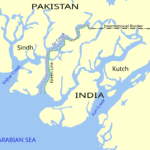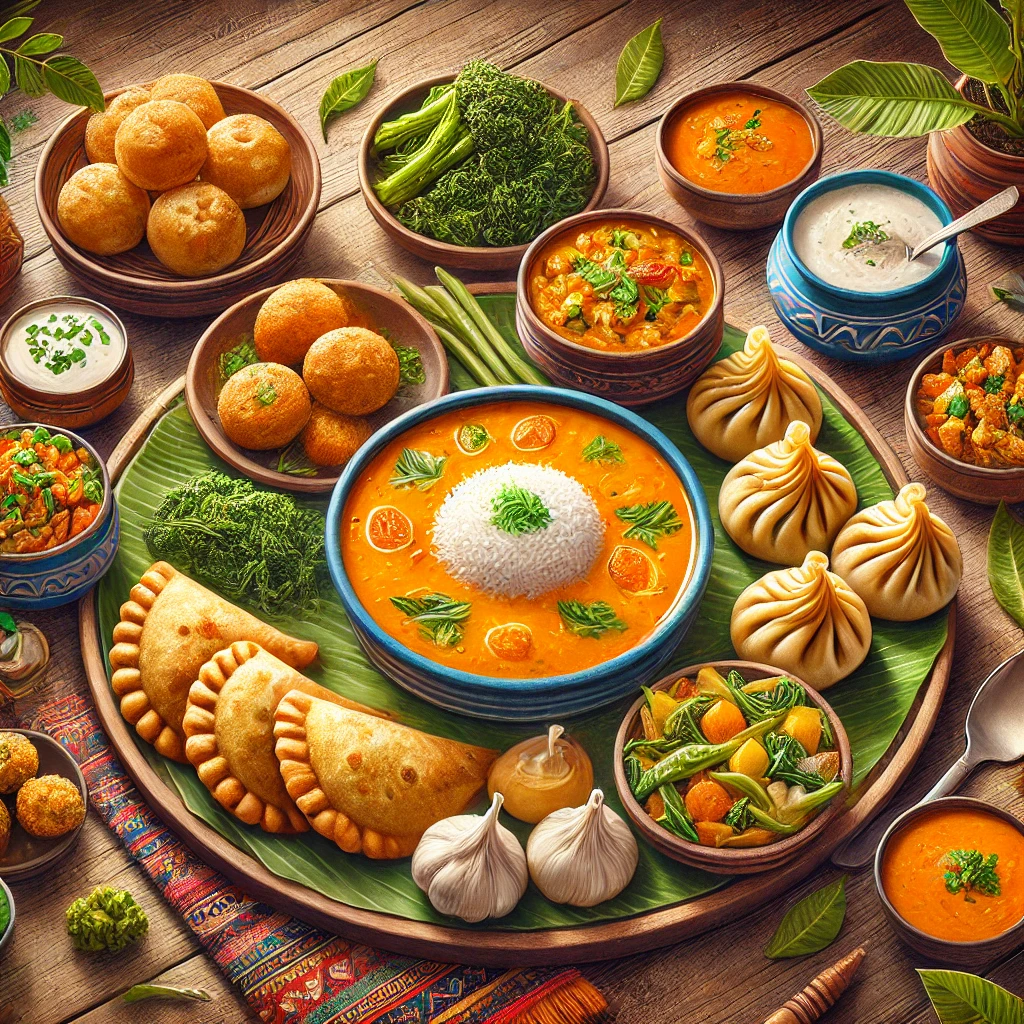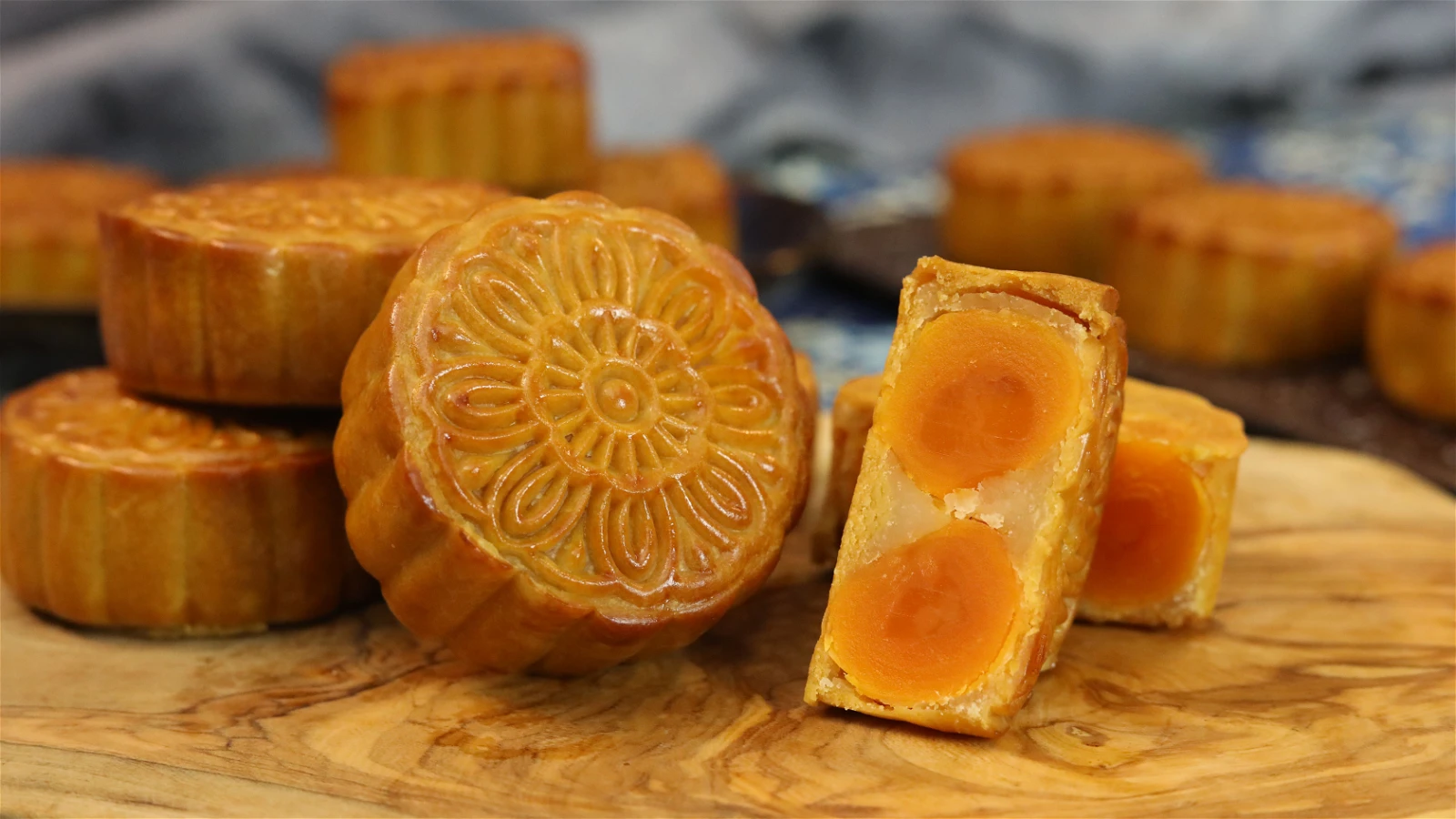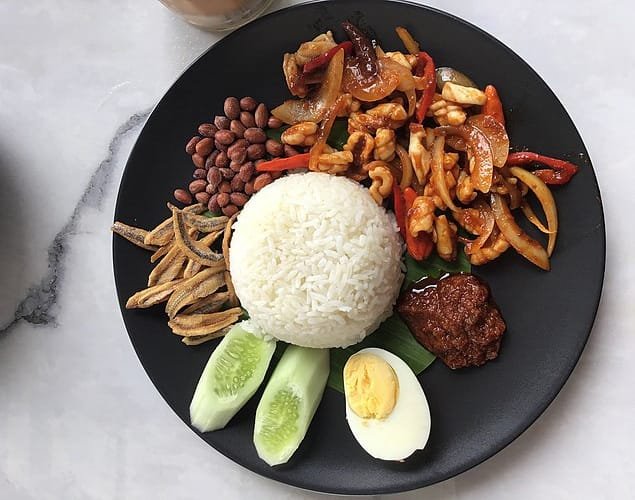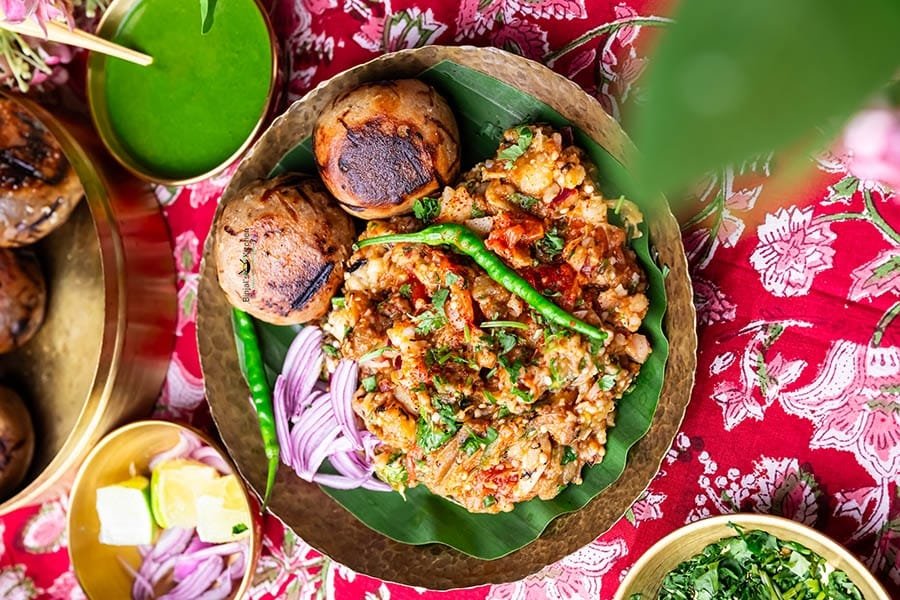Nepal, nestled in the lap of the Himalayas, boasts a rich and diverse culinary heritage that reflects its geography, culture, and history. Nepali cuisine is simple yet deeply satisfying, with influences from neighboring India, Tibet, and China. It combines earthy flavors, fresh ingredients, and aromatic spices, making it a unique blend of taste and tradition. Let’s delve into the top 10 Nepali foods and explore their flavors and cultural significance.
- Dal Bhat
Dal Bhat is the quintessential Nepali meal, often referred to as the backbone of Nepali cuisine. It consists of steamed rice (bhat) served with lentil soup (dal) and accompanied by a variety of side dishes like pickles, curried vegetables, and sometimes meat. This wholesome dish is a staple in every household and is a must-try for anyone visiting Nepal.
Key Features:
Nutritious and balanced meal
Side dishes vary regionally, adding diversity to the dish
Commonly eaten twice a day in most Nepali households
- Momo
Momo, a type of dumpling, is one of Nepal’s most beloved dishes. These bite-sized delights are filled with minced meat (chicken, buffalo, or pork) or vegetables and steamed or fried. Momos are served with a spicy dipping sauce called achar, made from tomatoes, sesame seeds, and spices.
Key Features:
Versatile fillings and cooking methods (steamed or fried)
Often served as street food or appetizers in restaurants
A popular dish with Tibetan influences
- Sel Roti
Sel Roti is a traditional Nepali rice-based doughnut, deep-fried to perfection. Crispy on the outside and soft on the inside, it is commonly prepared during festivals and special occasions. Sel Roti pairs wonderfully with milk tea or yogurt.
Key Features:
Sweet and slightly chewy texture
Made from rice flour, sugar, and ghee
A festive favorite during Dashain and Tihar
- Gundruk
Gundruk is a fermented leafy green vegetable dish unique to Nepal. It is made by fermenting mustard, radish, or cauliflower leaves and is often used as a side dish or added to soups and curries. This tangy and slightly sour dish is a staple in rural households.
Key Features:
Rich in probiotics and nutrients
Reflects traditional Nepali preservation techniques
Adds a tangy twist to meals
- Newari Cuisine
The Newar community in the Kathmandu Valley has its own distinct culinary heritage, known as Newari cuisine. Dishes like yomari (a steamed dumpling filled with molasses and sesame seeds), chhoyela (spiced grilled meat), and bara (lentil pancakes) are iconic. These dishes highlight the richness and diversity of Nepali food culture.
Key Features:
A blend of sweet, spicy, and savory dishes
Often accompanied by aila (traditional rice liquor)
Celebrated during festivals and Newar ceremonies
- Dhido
Dhido is a traditional and hearty Nepali meal made from buckwheat or millet flour. It is cooked into a thick dough-like consistency and served with gundruk soup, pickles, or meat curry. Dhido is gluten-free and considered a healthier alternative to rice or bread.
Key Features:
A staple in rural areas and among health-conscious eaters
Best enjoyed hot with flavorful side dishes
Represents Nepal’s traditional eating habits
- Aloo Tama
Aloo Tama is a classic Nepali curry made with potatoes (aloo) and fermented bamboo shoots (tama). The dish has a tangy and spicy flavor profile, often enhanced with black-eyed peas or other lentils. Aloo Tama is a comforting dish, perfect for chilly weather.
Key Features:
A combination of sour, spicy, and savory flavors
Showcases the Nepali love for fermented foods
Served with rice or dhido
- Chatamari
Often referred to as Nepali pizza, chatamari is a rice flour crepe topped with minced meat, eggs, and vegetables. It is a popular snack among the Newar community and is often served during gatherings and festivals. The crispy texture and flavorful toppings make it an irresistible treat.
Key Features:
Thin, crispy base with savory toppings
Gluten-free, made from rice flour
A festive snack and party favorite
- Juju Dhau
Juju Dhau, meaning “king of curds,” is a creamy and rich yogurt originating from Bhaktapur. Made from buffalo milk, it has a thick and velvety texture with a mildly sweet taste. Juju Dhau is an integral part of Newari feasts and ceremonies.
Key Features:
Thick, creamy, and slightly sweet
Served as a dessert or side dish
Symbolizes prosperity in Newar culture
- Thukpa
Thukpa is a warm noodle soup with Tibetan roots, widely popular in Nepal, especially in the colder Himalayan regions. It is made with hand-pulled noodles, vegetables, and meat, flavored with garlic, ginger, and spices. Thukpa is a comforting dish that provides warmth and sustenance in the chilly mountain air.
Key Features:
A wholesome and hearty one-pot meal
Variants include vegetarian and meat-based thukpa
Popular in the mountainous regions of Nepal
Conclusion
Nepali cuisine is a delightful blend of flavors, textures, and traditions. From the simplicity of dal bhat to the festive flavors of sel roti and yomari, every dish tells a story of the country’s cultural diversity and resourceful cooking techniques. Exploring these top 10 Nepali foods offers a glimpse into the heart and soul of Nepal, making it a paradise for food lovers. Whether you are trekking through the Himalayas or wandering the streets of Kathmandu, these dishes are a must-try to truly savor Nepal’s culinary heritage.



